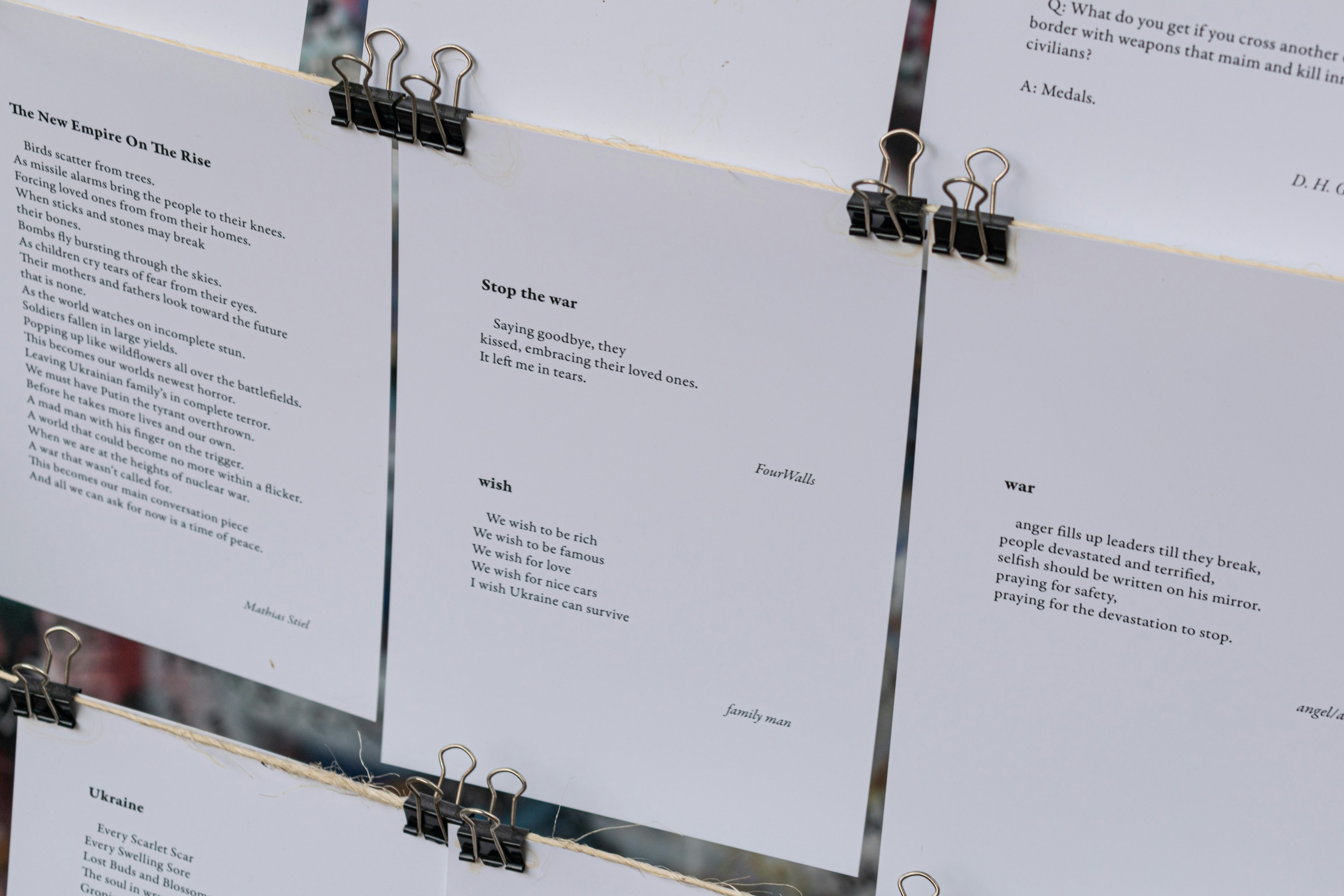Every great film begins long before the camera rolls. Before the lights, before the lens, before even the script, there lies a single sentence that can decide the destiny of your story. A sentence that distills your universe into its purest essence. That sentence is your logline.
Think of a logline as the soul of your film, whispered in one breath. It’s the story before the story, the bridge between imagination and realization. When a producer, investor, or even a stranger hears it, they should feel the spark. They should see the world you want to build, feel the pulse of your character, and wonder what happens next.
But crafting that one perfect line? That’s an art form in itself.
The Magic Behind the Line
A logline is not a summary, it’s a spell.
It captures the who, the what, and the why of your film in a way that makes people lean forward. It’s short, usually one or two sentences, but it holds immense power.
At its heart, a strong logline introduces four key elements:
- The Protagonist – Who is the story about?
- The Goal – What are they striving for?
- The Conflict – What stands in their way?
- The Stakes – What happens if they fail?
Simple on paper, profound in practice. Because between those four ideas lies everything your story means. It’s not about explaining your film, it’s about evoking it.
The Alchemy of Crafting
So, how do you transform a 120-page script into two sentences that sing?
You begin by returning to your own story. Watch it again, not on screen but in your mind.
See your protagonist breathe, stumble, and rise.
Understand what they want and what they need.
Feel the world you built, the tension that fuels it, and the heart that holds it together.
Then, write freely. Write every possible version of your logline, even the bad ones.
Because buried among them will be the one that feels true, the one that grips you as much as your film does.
Once written, test it. Whisper it to a friend. Pitch it to someone who doesn’t know your story. Watch their eyes. Do they light up? Do they ask, “What happens next?”
That’s when you know you’ve found it.
What Makes a Logline Stand Out
A good logline doesn’t just inform, it invites.
It’s the difference between:
A man must survive on Mars after being left behind.
and
When an astronaut is stranded on Mars, he must use his wits and spirit to survive alone until rescue.
Both describe the same story. Only one makes you feel the tension, the isolation, the hope.
A great logline is clear, active, and unique.
It avoids clichés and clutter. It hints at emotion, conflict, and transformation without giving everything away. It’s not the whole painting, just the brushstroke that makes people want to see the rest.
Why It Matters
In a world flooded with content, attention is the new currency.
Producers, distributors, and audiences make decisions in seconds. Your logline is your first impression, your calling card, your chance to be remembered.
A powerful logline can open doors.
A weak one can close them.
It’s the difference between “We’ll think about it” and “Tell me more.”
The Final Word
Every filmmaker is a storyteller. But every storyteller must also be a distiller, someone who can capture emotion, ambition, and transformation in a single sentence.
So write your logline not as a pitch, but as a promise.
A promise of the world you’re about to reveal, the emotion you’ll awaken, the experience you’ll deliver.
Because when crafted with clarity and heart, a logline isn’t just a summary, it’s a spark.
And sometimes, one spark is all it takes to set the reel of your dream in motion.
In the end, a logline is not about selling your film, it’s about revealing its soul. Find that soul. Shape it into words. Let them breathe.





